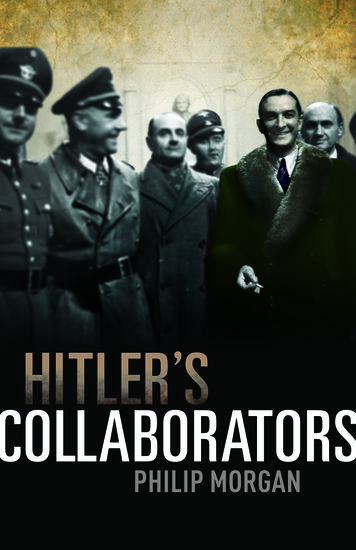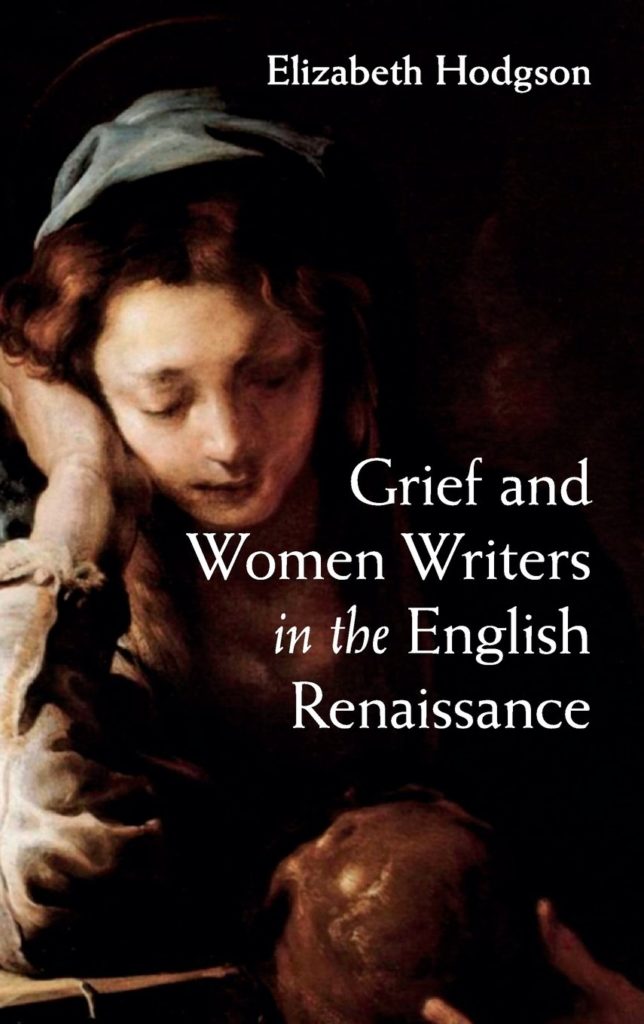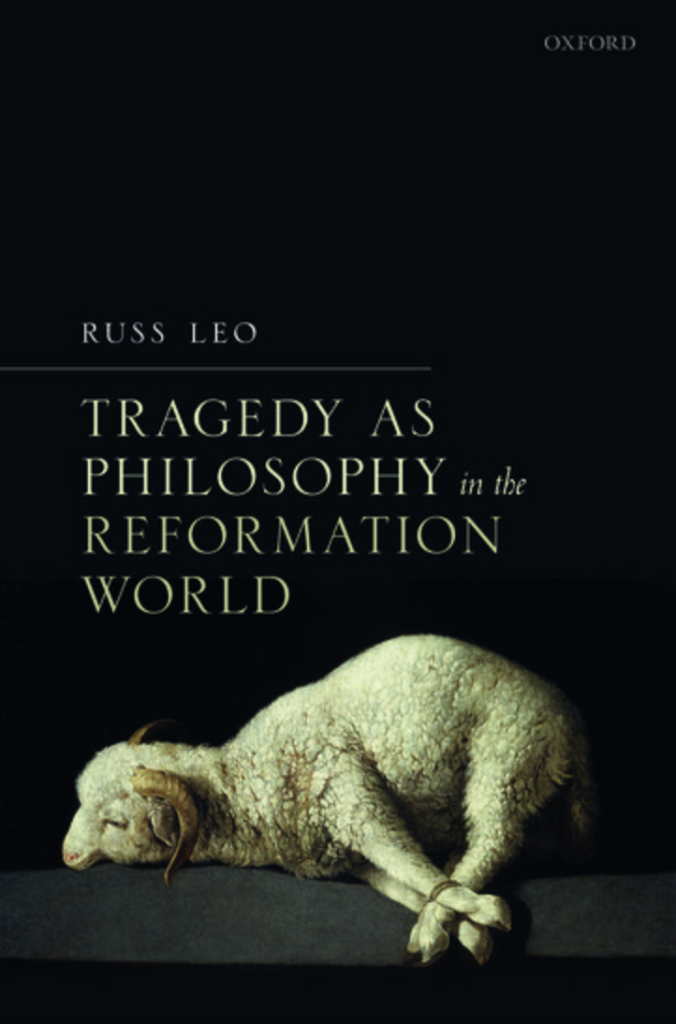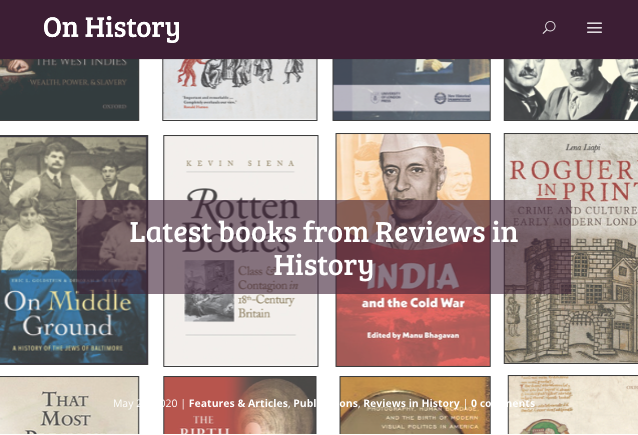In May we launched a new strand to the IHR’s Reviews in History series – inviting you to send in short, sharp commentaries on recent titles that impress and which you’d recommend to others. Essentially we like History books and we like talking about History books — and we hope you’ll join us in this new venture about which you can read more here.
We welcome these short (300-400 word) introductions to all kinds of History publishing: new books, journal articles, essays, podcasts that you’d like fellow historians to know about. Each month we’ll publish a selection of these short reviews on the IHR blog.
We start the series with reviews of two books published in 2018: Philip Morgan’s ‘Hitler’s Collaborators’ and ‘Crashed’, Adam Tooze’s study of the impact of the global financial crash, 2008-18. Thank you to our first two reviewers, Jonathan D. Beard and Davis Kedrosky.
Our new approach also invites recommendations for further reading on a historical topic. Thanks to David Manning for the first contribution here: five recent literary studies of interest to historians of early modern religion and religious life.
Hitler’s Collaborators. Choosing between bad and worse in Nazi-occupied Western Europe (OUP, 2018)
By Jonathan D. Beard, assistant editor, Michigan War Studies Review

In the historiography of World War II, ‘collaborator’ is a dirty word. When Nazi Germany occupied most of continental Europe, the heroes joined the Resistance, while cowards and opportunists collaborated with Hitler. Except that this comforting story, created after 1945 in almost every country, is not true at all. Philip Morgan’s Hitler’s Collaborators reveals just how pervasive, and necessary, collaboration by Western European government officials was from 1940 to 1945.
Morgan focusses his study on five nations: Norway, Denmark, the Netherlands, Belgium and France. Each country had a different experience of occupation, but they were all parts of the new Europe the Nazis envisioned for the post-war world. In Norway and the Netherlands, monarchs and many politicians fled, leaving bureaucrats to run the countries. In Belgium, the king remained, but did not take part in governing under occupation. In Denmark, parliament met through the first half of the war, and the king stayed. France, alone, established a new government at Vichy.
In every case, the bureaucrats rose to the challenge of running governments even as the Germans maintained ultimate control over their resources, trade and economies. Before the German defeat at Stalingrad (February 1943) most in Europe believed Hitler would win, and were simultaneously trying to survive occupation and jockey for a position in a post-war German Europe. The first severe challenge these officials faced was German insistence on rounding up and deporting each nation’s Jewish population. In Denmark, the top German administrator tipped off Danish authorities, and most Jews escaped. In every other case, local officials cooperated, reluctantly or enthusiastically, in the arrests and deportations.
The most difficult situation these officials dealt with was sending their nations’ workers to Germany. By 1943 millions of workers in occupied Europe were engaged in arms production for the Wehrmacht. As the war turned against Germany, demand for forced labour became ever greater. By the end of the conflict, thousands of French, Belgian and Dutch workers were held in Germany, facing Allied bombs and unable to help their families. Officials delayed and limited these workers’ return home for as long as they could, while professing their conduct superior to that of local fascists leaders.
As Morgan shows, in the years after 1945 very few top businessmen or civil servants were tried or punished for collaboration. The small number who were claimed they had always worked for their peoples’ benefit, and had done their jobs well. Many found new positions in governments across post-war Europe.
***
Adam Tooze, Crashed: How a Decade of Financial Crises Changed the World (Penguin, 2018)
By Davis Kedrosky, University of California, Berkeley

Accounts of the Great Recession, which began with the financial crisis of 2008, were in print long before the dust had settled. Now the economic historian Adam Tooze offers us the first contemporary historical account of a decade of turmoil. In Crashed: How a Decade of Financial Crises Changed the World, Tooze argues that the American drama of 2008 was the start of a global saga driven as much by geopolitics and ideology as irrational exuberance and mismanagement.
Crashed places the collapse of the dollar-based banking system in an international setting, and numbers among the direct consequences most of the upheavals of the following decade: from the Ukraine crisis to the populist resurgence. Combining lucid economic analysis with broad social history, the book is probably the best introduction to our immediate economic past—and to the financial world itself.
Central to Tooze’s account is the precarious and ultimately unsustainable nature of bank funding, so dramatically exposed by the bursting of the subprime lending bubble. As seemingly secure mortgages began to fail, the value of related securities plummeted, The resulting panic in turn paralysed money markets worldwide. The world’s leading banks, built on the same short-term model, were caught out at once, regardless of their exposure to toxic securities. Capitalism demands liquidity, and suddenly there was none. Only the massive and controversial intervention of the US Federal Reserve limited the extent of the catastrophe. Tooze considers this a necessary action, though one fostering a potentially unsustainable reliance on technocratic institutions in governing capitalist democracies.
In Europe the nightmare continued. Crises among peripheral nations—the Baltic states, Portugal, and Greece—challenged the resolve, authority, and principles of critical EU policymakers, revealing varied commitment to an ‘ever closer union’. Dysfunction and dogmatism delayed a decisive stimulus package, leaving millions in poverty and EU legitimacy in question. More widely, Brexit, popular unrest, and civil war would follow. Here lies Tooze’s singular contribution: demonstrating the links between a financialised world economy and the jarring social transformations of the last decade. His mastery of that system’s technical intricacies, from securitisation to swap lines, makes Crashed a unique work—simultaneously a clear (if unabashedly Keynesian) critique of macroeconomic policy, and a sweeping socio-political history of a world in depression. Tooze will not be the last word on the Global Financial Crisis in historical perspective, but Crashed ensures he’ll be remembered for the first.
***
Five literary perspectives on the Long Reformation
By David Manning, University of Leicester
As a cultural historian of early modern religion, I’m fascinated by the insights scholars of literature bring to the intellectual and cultural history of the Long Reformation. I also lament the extent to which historians tend to demur at studying past spiritualities. In the interests of cross-disciplinary and inter-disciplinary endeavour, I would like to introduce readers of Reviews in History to five recent works that provide insight into the religious culture of England between the sixteenth and eighteenth century.

- Elisabeth Hodgson, Grief and Women Writers in the English Renaissance (Cambridge University Press, 2015). This work offers an exemplary study in close reading. Hodgson explores the nexus between the dead and those who mourn them to probe themes of inheritance, devotional patronage, melancholy and elegy in women’s writing. This work should be required reading for any historian embarking on research in Reformation history with a focus on women, gender and emotions. Historians may consider how this book complements Peter Marshall’s Beliefs and the Dead in Reformation England (2002).
- Adrian Streete, Apocalypse and Anti-Catholicism in Seventeenth-Century English Drama (Cambridge University Press, 2017). This hugely impressive study extolls the virtues of contextualisation. Dramatic fiction is placed at the heart of the theoretical matrix of English political thought to show how a symbiotic relationship between apocalypticism and anti-Catholicism informed polemical ideas about liberty and resistance, church reform and imperialism. Historians may compare and contrast this book with The Antichrist’s Lewd Hat: Protestants, Papists, and Players in Post-Reformation England (2002), by Peter Lake, with Michael Questier.
- John West, Dryden and Enthusiasm: Literature, Religion, and Politics in Restoration England (Oxford University Press, 2018). West’s book is an exciting and enticing debut. It challenges an assumption that the religious politics of post-civil war England was governed by an appeal to ‘reason’. With an awareness of the decentring of authority, the import of Dryden –- a convert to Catholicism -– is elevated. Dryden’s literary creations are shown to experiment with the unstable connections between poetic style and ideological allegiance. Historians may contrast this book with Gabriel Glickman’s The English Catholic Community 1688-1745: Politics, Culture and Ideology (2009).
- Isabel Rivers, Vanity Fair and the Celestial City: Dissenting, Methodist, and Evangelical Literary Culture in England, 1720–1800 (Oxford University Press, 2018). This enviable feat of scholarship weaves a deep appreciation of the intangible facets of spirituality and ethical philosophy into an understanding of the realities of a rich bookish culture. Protestant Dissenters are absolved from association with the somewhat dated evaluative category of ‘counter-Enlightenment’ and placed at the heart of the intellectual, cultural, and commercial life of eighteenth-century England. Historians may be interested to read this work alongside Alec Ryrie’s Being Protestant in Reformation Britain (2013) and The Oxford History of Protestant Dissenting Traditions, Volume II, ed. Andrew Thompson (2018).

- Rus Leo, Tragedy as Philosophy in the Reformation World (Oxford University Press, 2019). This is a supremely erudite work of scholarship. Leo draws together classical and theological traditions to craft a new sensitivity to a Protestant Aristotelianism that made tragedy a significant conceptual tool with which scholars thought about humanity in a fallen world. Historians may contrast this work with Leif Dixon’s Practical Predestinarians in England, c.1590–1640 (2014), which was discussed in Reviews in History in May 2014.
***
Have you a recent History book, article or essay to recommend?

If you could recommend one recent History book to others, what would it be – and why? We’re looking to start something new at the IHR: inviting you to submit short pieces on a book or article that’s really impressed you — and which others should know about. Find out more
***

The IHR’s Reviews in History publishes weekly commentaries on new books. Our reviews are longer than those in many academic journals and focus on titles published in the last 6-12 months. Many reviews also include responses from the book’s author. Reviews in History began in 1996 and now includes reviews on over 2400 books, searchable by theme.
New reviews are posted each Friday and are sent by email: signing up for next week’s is easy.

